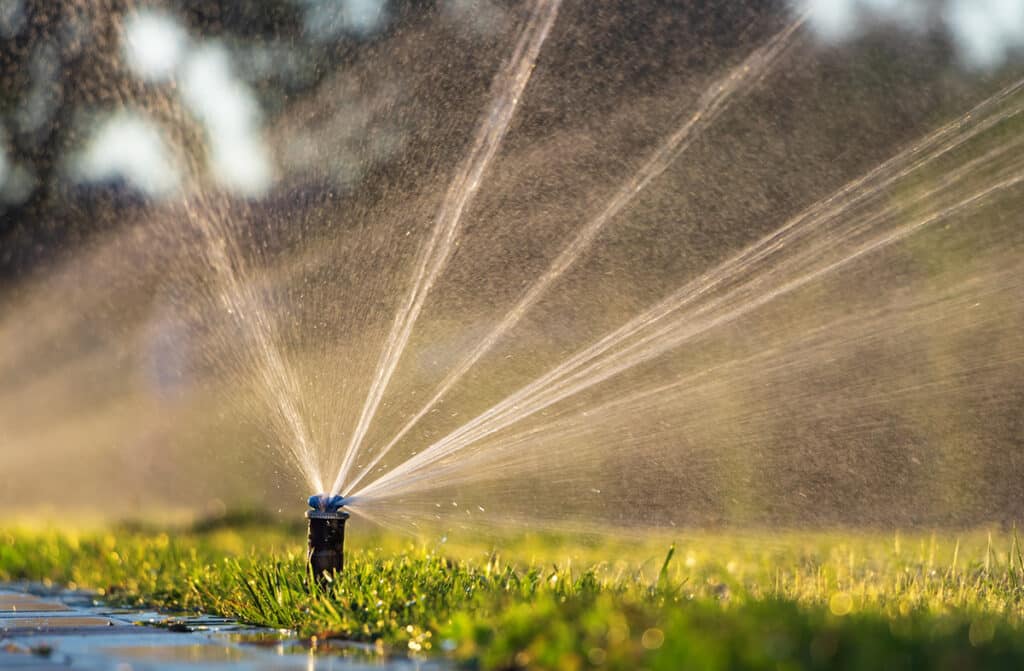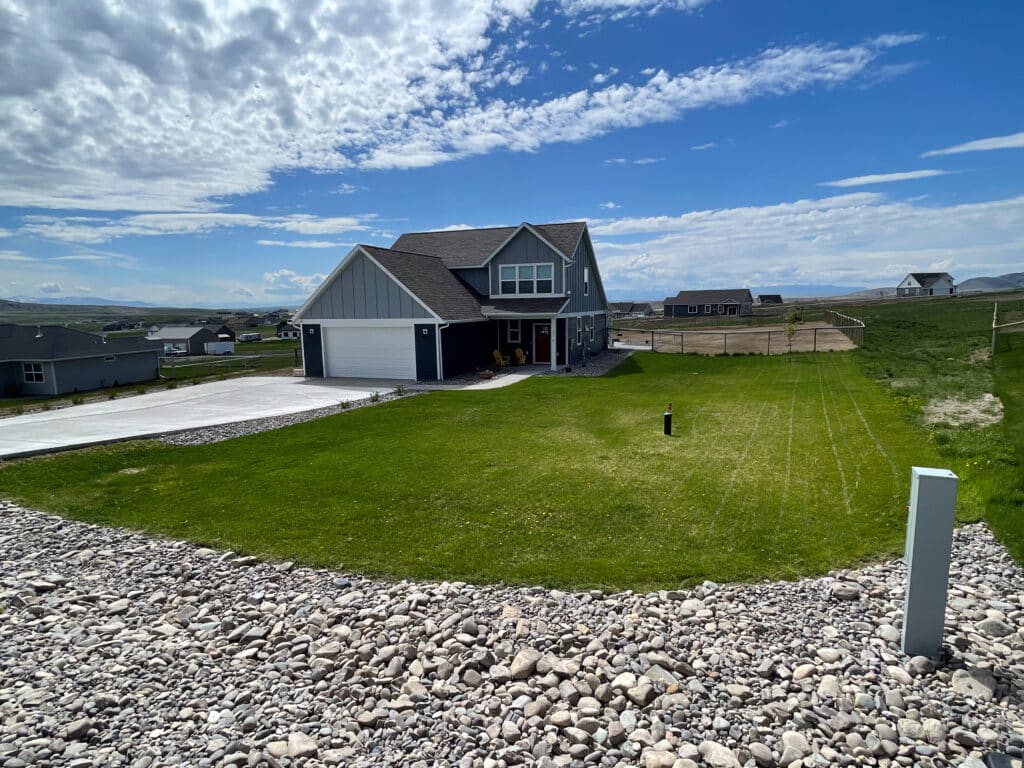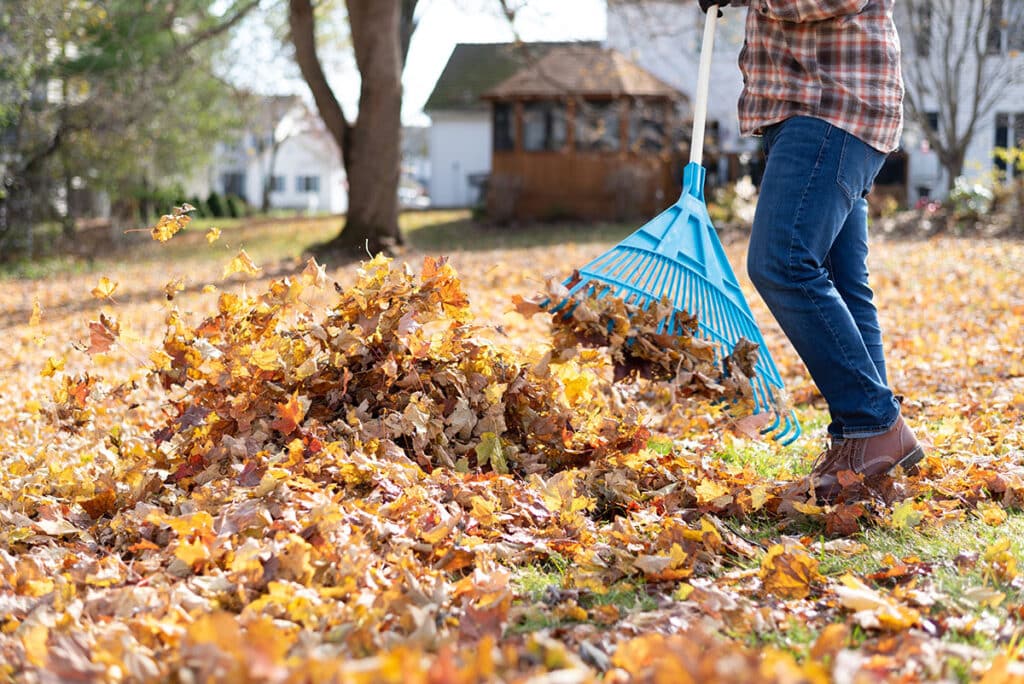Signs include soggy soil, fungal growth, and yellowing grass. Adjust watering frequency and duration accordingly.
Overwatering a lawn can lead to various issues, negatively impacting the health of the grass and creating conditions favorable for diseases and pests. It’s important to recognize the signs of overwatering to adjust your watering practices accordingly. Here are common signs that indicate a lawn is being overwatered:
List of Signs
1. Soggy or Mushy Soil
Feeling the Soil: Overwatering can result in consistently soggy or mushy soil. If the soil feels excessively wet and remains so for an extended period, it may indicate overwatering.
Poor Drainage: Areas with poor drainage are more susceptible to overwatering. Check for standing water or puddles in low-lying areas.

2. Yellowing Grass
Yellowing and Wilting: Grass that is consistently overwatered may show signs of yellowing or wilting. This is because overwatering limits the availability of oxygen in the soil, leading to stress on the grass.
Lack of Resilience: Overwatered grass may lack resilience and fail to bounce back after being walked on or mowed.
3. Fungus and Disease
Fungal Growth: Overwatering creates a humid environment, promoting the growth of fungi. Look for signs of fungal diseases such as mushrooms, mold, or mildew.
Leaf Spot and Rust: Diseases like leaf spot and rust are more likely to occur in overwatered lawns.
4. Increased Weed Growth
Weeds Thrive: Overwatering can contribute to the growth of weeds. Weeds, especially broadleaf varieties, may take advantage of the moist conditions.
5. Shallow Root System
Shallow Roots: Grass with shallow root systems is a sign of overwatering. The roots may become confined to the upper layer of soil and fail to establish deep, healthy roots.
Pulling Up Grass Easily: If grass can be easily pulled up, it may indicate weak root systems caused by overwatering.
6. Increased Pest Activity
Pest Infestations: Overwatered lawns may attract pests such as insects and rodents. Excess moisture can create ideal conditions for pests to thrive.
Pulling Up Grass Easily: If grass can be easily pulled up, it may indicate weak root systems caused by overwatering.
7. Algae Growth
Algae in Puddles: Puddles or standing water in overwatered areas may lead to the growth of algae. Algae thrive in moist, stagnant conditions.
8. Foul Odor
Unpleasant Smell: Overwatering can result in anaerobic conditions in the soil, leading to a foul odor. The lack of oxygen promotes the growth of harmful bacteria.
9. Decreased Lawn Resilience
Lack of Springiness: Overwatered lawns may lack the usual springiness and feel excessively soft underfoot.
10. Excessive Water Usage
Water Bills: If your water bills are consistently high without apparent improvements in the lawn, it may indicate overwatering.
11. Runoff and Erosion
Water Runoff: Overwatering can result in water runoff, especially on slopes. Excessive water may erode soil and carry away nutrients.
12. Watering Schedule Issues
Watering Too Frequently: A consistent pattern of watering every day or multiple times a week, regardless of weather conditions, may contribute to overwatering.
How to Correct Overwatering
1. Adjust Water Schedule
Reduce the frequency of watering and allow the soil to dry out between watering sessions.
2. Improve Drainage
Address drainage issues to prevent water from pooling in certain areas.
3. Water Deeply and Infrequently
Water deeply but less frequently to encourage the development of a deep root system.
4. Monitor Weather Conditions
Adjust your watering schedule based on weather conditions. Water less during periods of rainfall or high humidity.
5. Use Moisture Meter
Use a soil moisture meter to gauge the actual moisture content in the soil and adjust your watering practices accordingly.
Final Thoughts
Recognizing the signs of overwatering and taking corrective action is essential for maintaining a healthy lawn. Adjusting your watering practices based on the specific needs of your lawn and prevailing weather conditions helps promote optimal grass growth.



